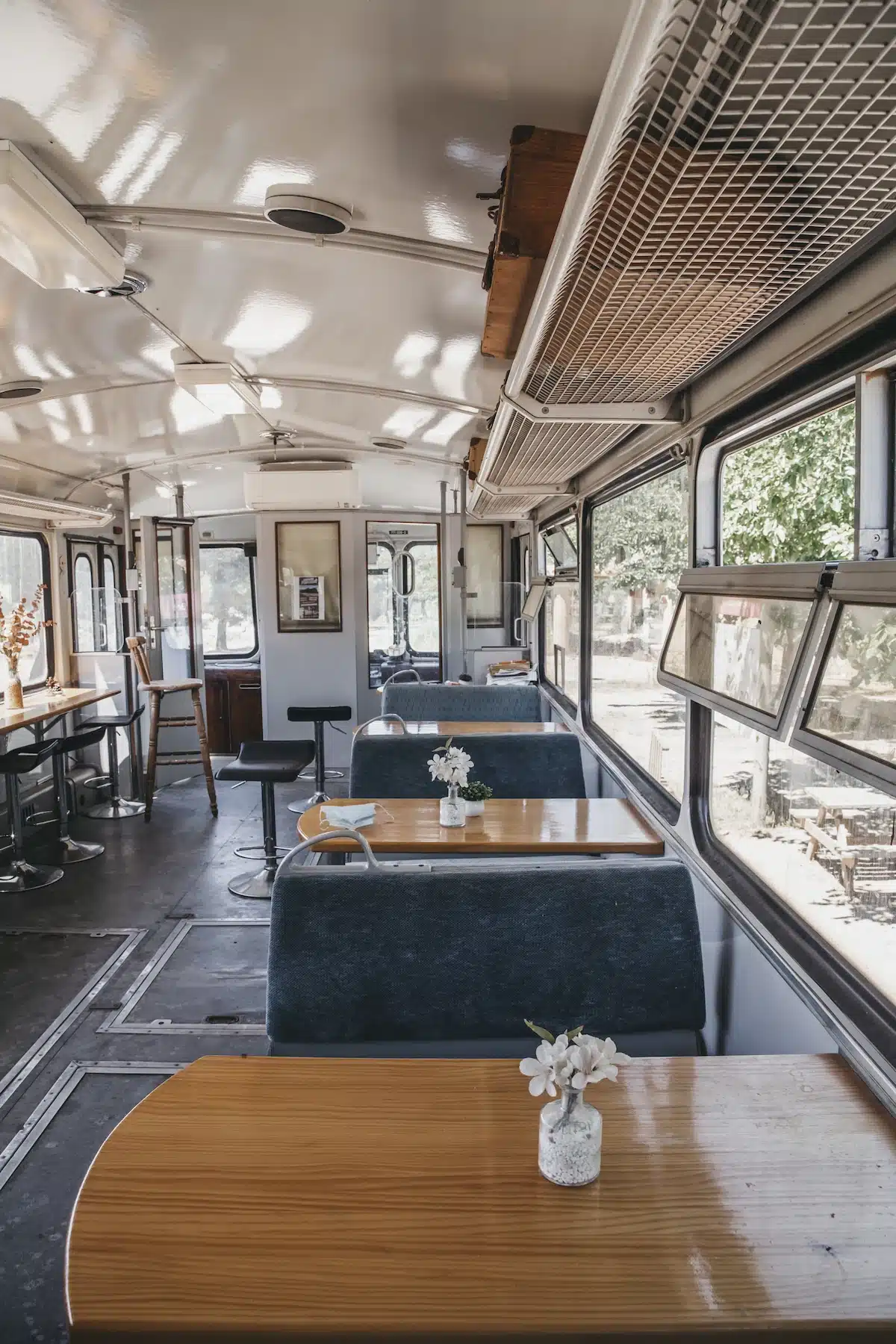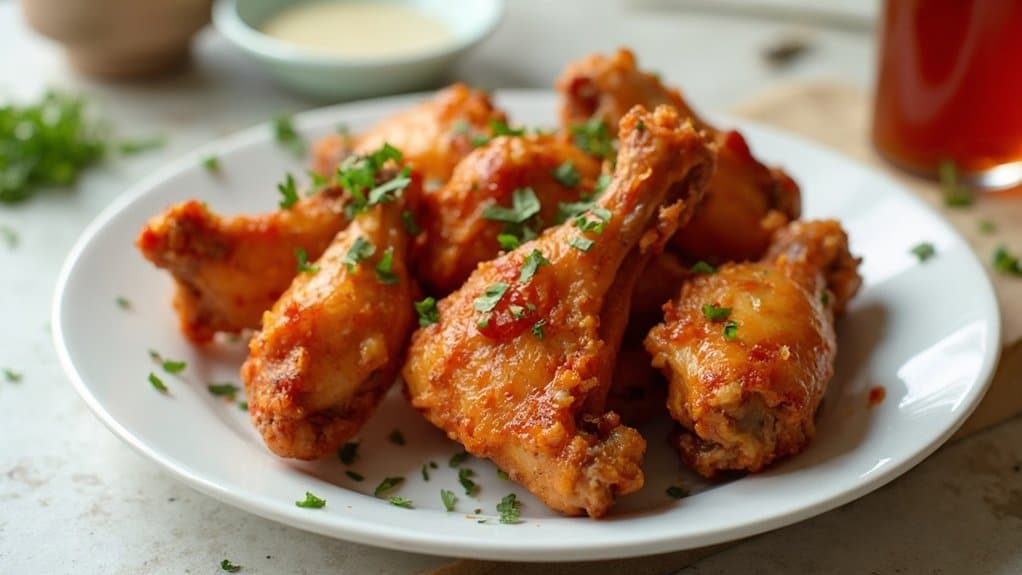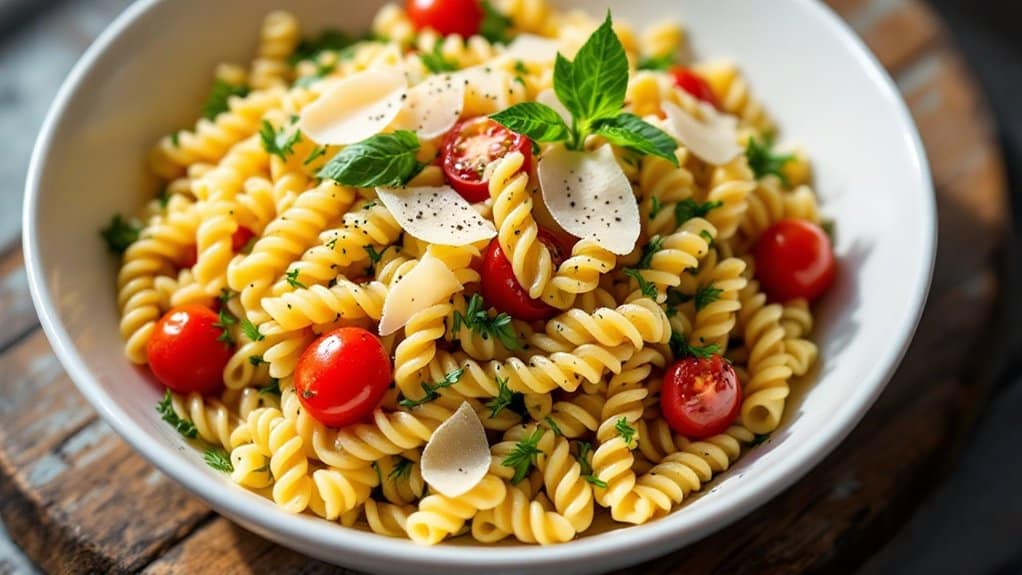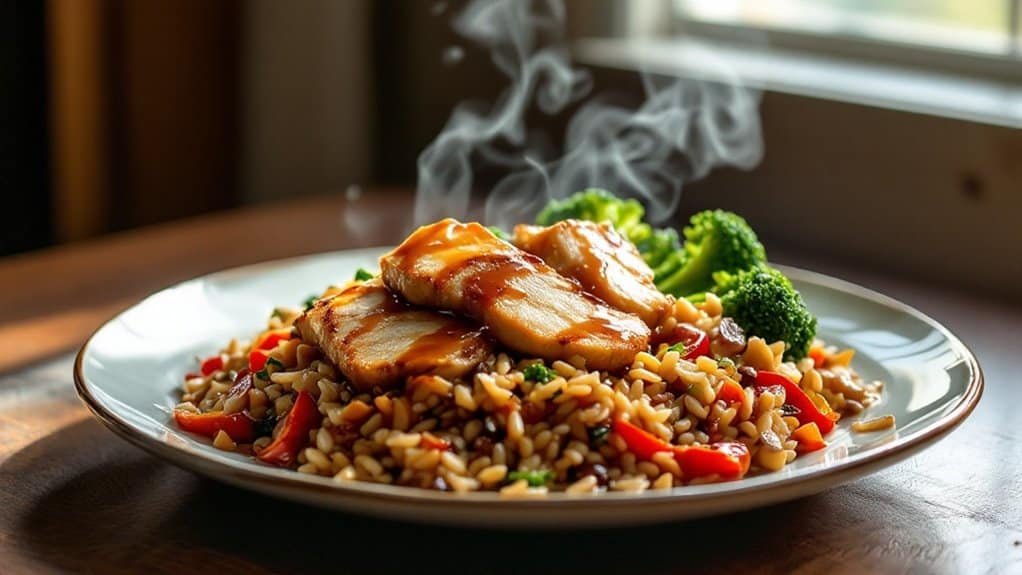Did you know the first diner in the US opened in 1872? Learn about diners’ history and their impact on family lunch traditions. From cultural importance to preserving their heritage, historical diners have brought people together over a meal. Explore diners through the decades and their place in American culture.
Key Points
- From horse-drawn food carts to stainless steel buildings, diners have evolved.
- Diners are community gathering spaces and culinary exchange hubs, preserving traditions and a melting pot of flavors.
- Diners are meeting points for all kinds of people, as well as for family togetherness and lasting memories.
- Preserving diner heritage through restoration projects ensures that diners continue serving as nostalgic landmarks, maintaining communities’ cultural and historical identities.
In this Article
Diner Evolution
You can see the evolution of diners from their humble beginnings as horse-drawn food carts to their stainless steel buildings and diverse menus today. The evolution of diners reflects the changing tastes, societal advancements, and design trends. In the early 20th century, diners were small, mobile food carts serving quick meals to industrial workers. As the automobile culture grew, diners expanded and became more elaborate. The stainless steel exteriors became the faces of diners, reflecting the Machine Age and Art Deco movements. These design trends made diners look good and symbolized progress and modernity.
Diner interior design also evolved. Booths, counters, and jukeboxes became iconic, making diners cozy spaces for customers. Menus evolved to accommodate different tastes and offered everything from classic comfort food to contemporary options. Diners evolve today with sustainability, technology, and global flavors, proving they can adapt to the times while keeping their nostalgic charm.
Check out our other articles on the subject of diners.
Cultural Significance
Diners have become cultural hubs for community gatherings and culinary exchange. They have a special place in a community’s cultural DNA; they are more than just a place to eat. Their cultural importance is not just in the food they serve but also in their architecture. The stainless steel exteriors, neon signs, and cozy booths are nostalgic and comforting. Diner architecture often reflects the community’s cultural and historical heritage and becomes part of the local identity.
Beyond their buildings, diners also gather in places where all kinds of people come together. They are meeting points for friends, family, and even strangers, creating a sense of community and togetherness. Diners’ cultural importance extends to their diverse menu experiences, a melting pot of flavors and traditions. The cultural influences in diner food reflect the diversity and inclusivity of the communities they serve. Overall, diners are cultural landmarks that preserve traditions and are hubs for community and cultural exchange.
Family Lunch Traditions
Ordering a classic burger or sandwich at a diner for family lunch can add to the nostalgia. There’s something special about having lunch with your loved ones at a diner. It’s more than just the food; it’s about the lunchtime bonding and the traditions passed down through the generations. These family lunch traditions involve sharing stories, laughter, and creating memories over a meal in a familiar space. The diner becomes a place where different generations can get together, share their favorite menu items, and pass on the diner’s love to the next generation.
This tradition of having lunch at a diner has been a constant throughout the years, creating a sense of continuity and connection between family members. The diner’s familiarity and the food’s comfort create an environment where generational bonds are strengthened and new memories are made. These traditions continue to shape family experiences, making diners more than just a place to eat but a central hub for family togetherness. As we look into the cultural importance of family lunch traditions at diners, we must also look at the iconic diners of the decades who have been part of these special moments.
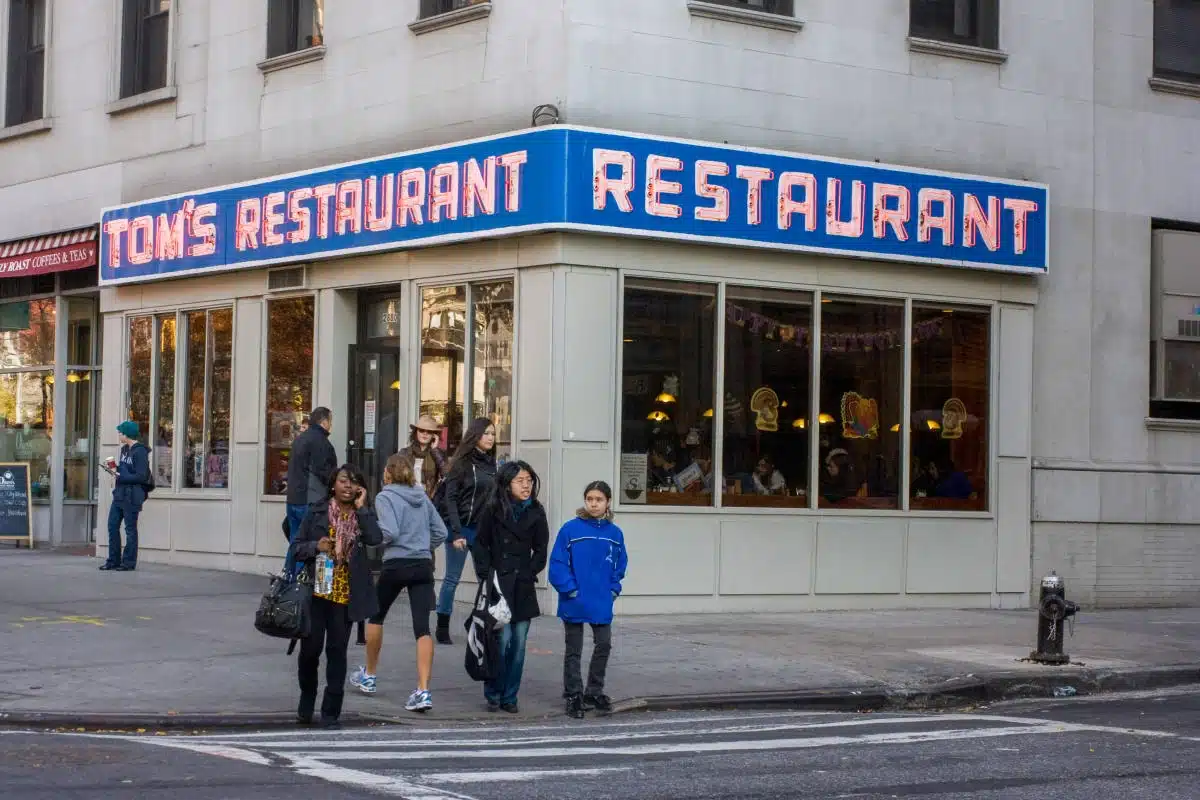
Iconic Diners Through the Decades
Looking into the history of diners through the decades, we can see their iconic status and enduring appeal in family lunch traditions. Retro design and menu classics have been part of the DNA of iconic diners. The nostalgic charm of these places has made them community hangouts, gathering places for generations. Through the years, diners have retained their uniqueness, a window to the past while adapting to the times.
Each decade has seen iconic diners evolve, but they have kept the essence that makes them timeless. In the 50s, diners went for the era’s sleek, chrome-laden retro design. In the 70s, it was comfort food and a cozy, homey atmosphere. In the 90s, diners became synonymous with retro revival, attracting new customers while serving loyal long-time customers. As the decades have passed, these places have continued to hold a special place in the hearts of families, a sense of tradition and comfort. In the next section, let’s look into preserving diner heritage.
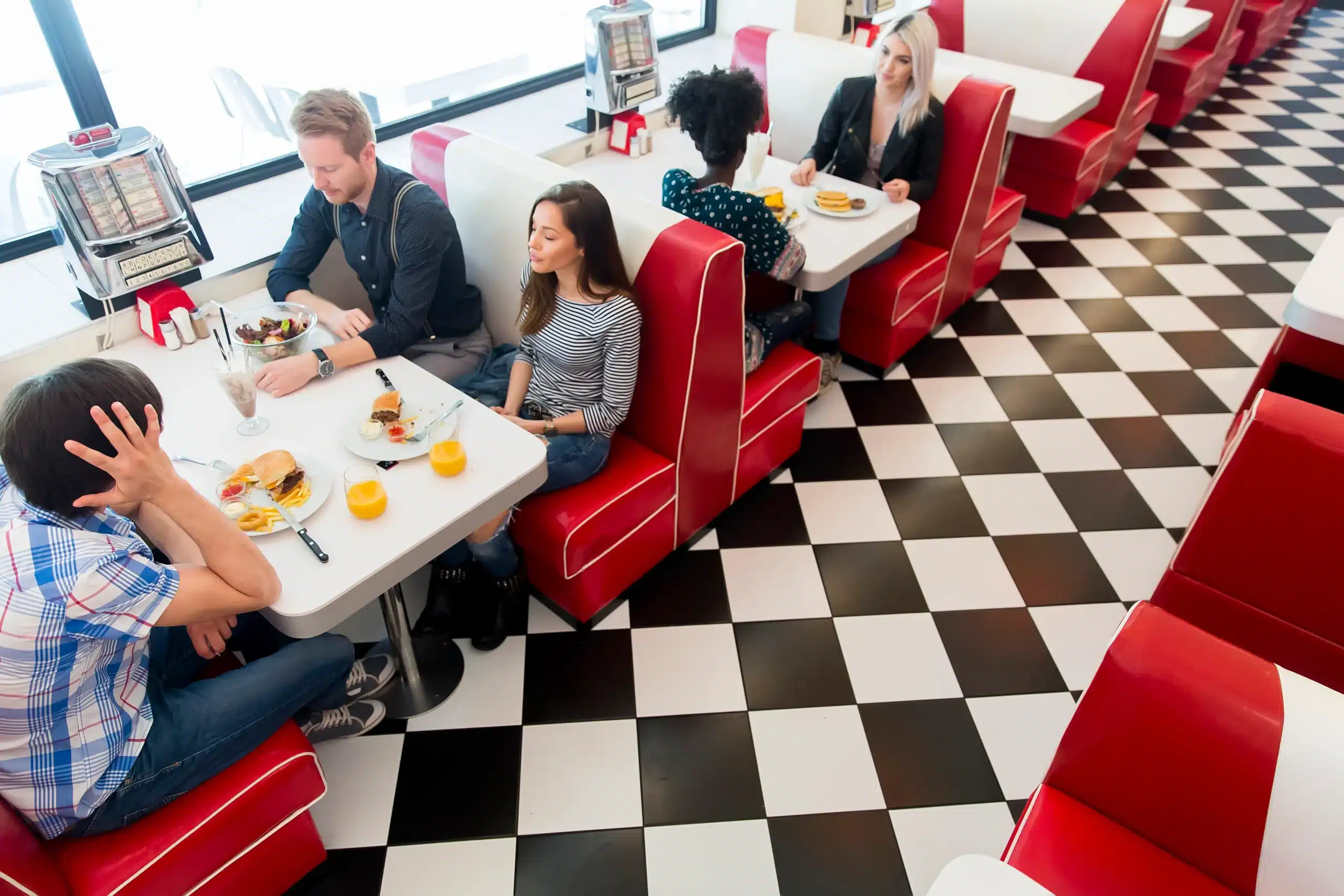
Preserving Heritage
To understand the cultural importance of diners and family lunch traditions, you must acknowledge the importance of preserving diner heritage. Preserving diner heritage is key to a community’s cultural and historical fabric. Restoration projects are crucial in ensuring yesteryear’s diner is not lost to time. By getting involved in historic preservation, you can help keep the magic and character of these iconic places for future generations to enjoy.
Restoration projects bring historical diners back to life and maintain their originality. Through these projects, the original architecture, decor, and atmosphere can be preserved, and diners can continue to be nostalgic landmarks of the community. By being part of or supporting restoration projects, you can protect diner heritage, and these places will remain part of family lunch traditions for generations to come.
Conclusion
Now that you’ve seen the history of diners and family lunch traditions, you can see how these iconic places have lasted like an oak tree in a busy forest. Their cultural importance and role in bringing families together for a meal is as eternal as the stars. So next time you enter a diner you’re not just having a meal, you’re part of history.

